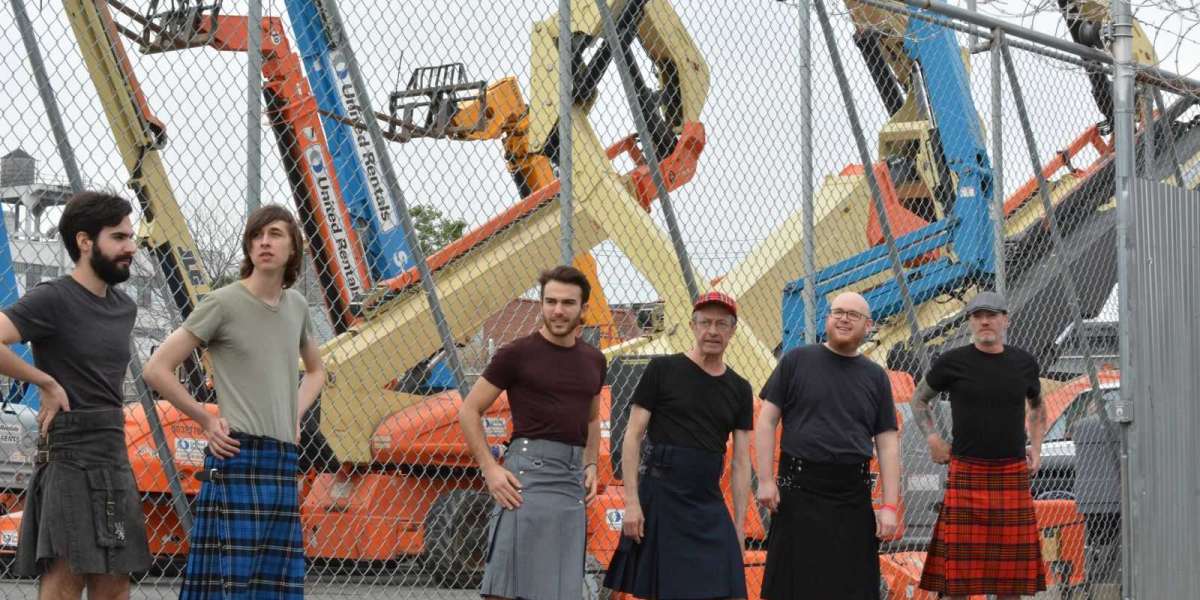Irish kilts have a rich history that is often overlooked in favor of the more well-known Scottish kilts. While both nations wear kilts to celebrate their Celtic heritage, the Irish kilt has a unique story that is worth exploring. From the history of the Irish kilt to the different tartans and accessories, this article will delve into the unseen beauty and diversity of Irish kilts.
The Origins of Irish Kilts:
While the Scottish kilt has a well-documented history dating back centuries, the origin of Irish kilts for men is shrouded in mystery. Historians believe that the traditional form of kilt worn by Irishmen in the Middle Ages was the Lein-croich, a long tunic that was often depicted in art throughout history. However, when it comes to specifically Irish kilts for men, the first named "kilt" wasn't introduced to Ireland until 1910, when students at the Saint Enda's School were first exposed to it.
Irish Kilt History:
Irish kilts are often associated with tartans, but the ability of historians to link or disprove Ireland's use of kilts based on tartans is the source of Irish kilt history. It is speculated that Irish kilts gained popularity in the 18th century and were likely adopted by Irish nationalists who wanted to keep their Celtic heritage alive. The first Irish kilts were blue, the patron color of Saint Patrick, but saffron-yellow kilts were worn by Irish soldiers during World War I to perform in pipe bands. Irish tartans have become increasingly popular in more recent times, and counties have been given their tartan since the late 1990s.
What Does It Look Like?
The design of an Irish kilt is very similar to that of a Scottish kilt, with a few minor modifications. A kilt sporran, typically the same as those worn by Scotsmen, should go with every kilt. However, Irish tartans are not associated with clans or families, making it significantly less traditional than the Scottish custom. Instead, Irish tartans are worn to represent the region or county from which you hail. Therefore, when attending a special occasion, you would wear a tartan that symbolizes the region from which you and your family hail, paying tribute to the place where you were born and raised rather than wearing a particular design to honor your family.
Accessorizing Your Irish Kilts:
To complete the look of an Irish kilt, a sporran is a must-have accessory. A leather sporran is ideal, but if you want to be specific, you might choose an Irish design like a shamrock. While Scottish kilt wearers frequently adorn their garments with the family crest, in Ireland, tartan is not associated with clans or families. Some people choose to wear pins with Irish or Celtic symbols, adding a touch of personalization to their kilt.
Conclusion:
Irish kilts have a rich history and a unique story that is often overshadowed by their Scottish counterparts. From their origins in the Middle Ages to their adoption by Irish nationalists in the 18th century, the Irish kilt has a history that is worth exploring. While Scottish kilts are often associated with clan tartans, Irish tartans represent the region or county from which you hail. Accessorizing an Irish kilt with a sporran and personal touches like pins with Irish or Celtic symbols can add the perfect finishing touch to this beautiful garment.


